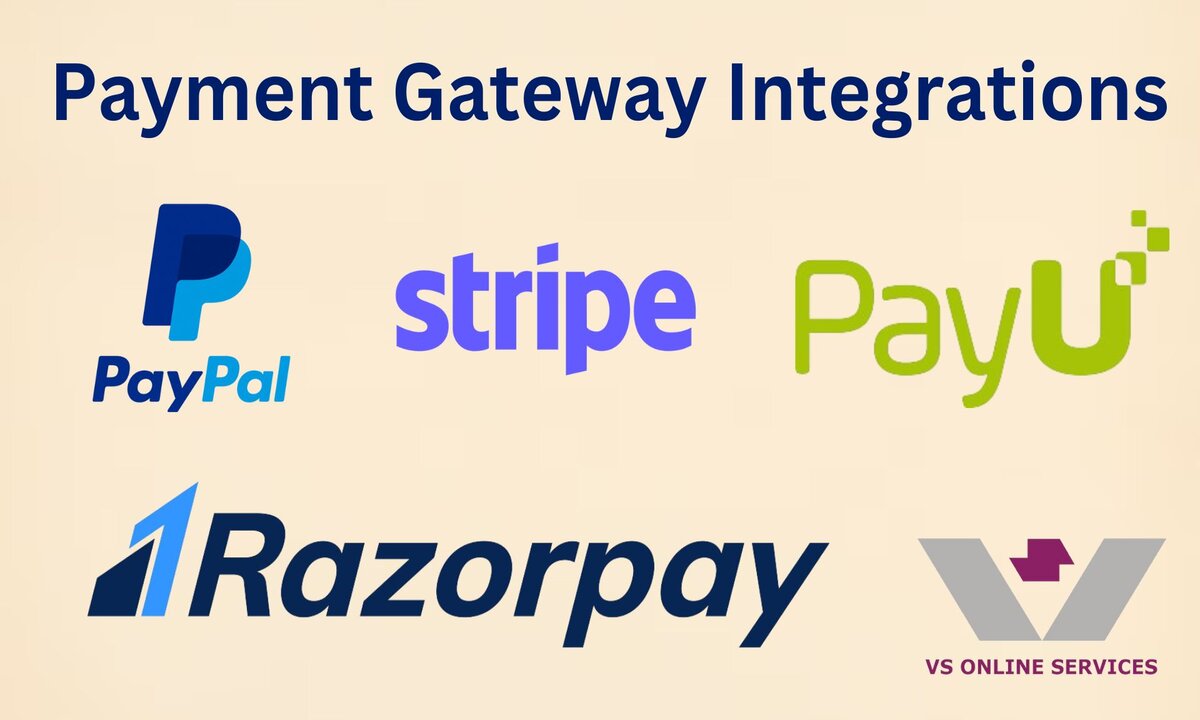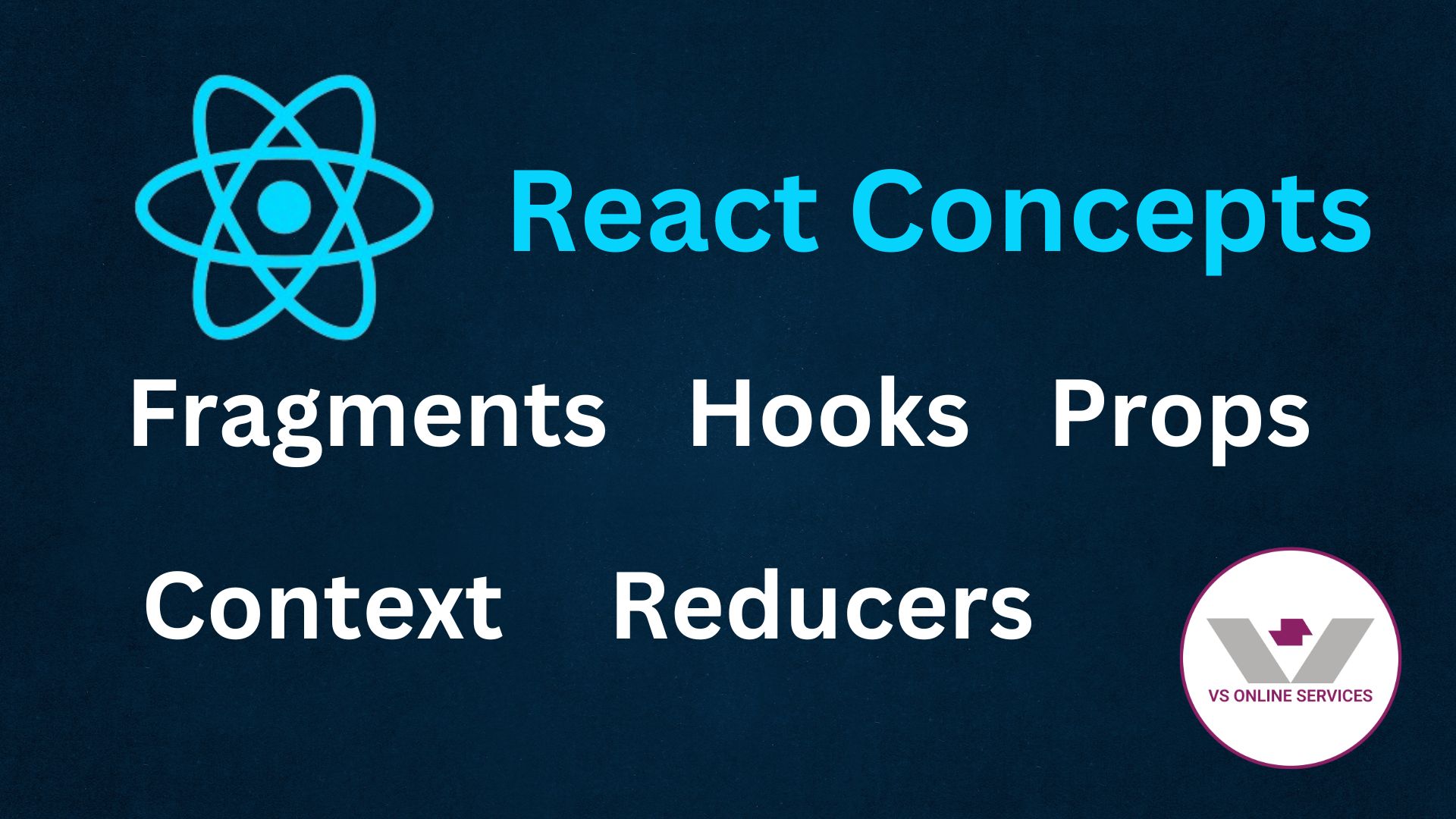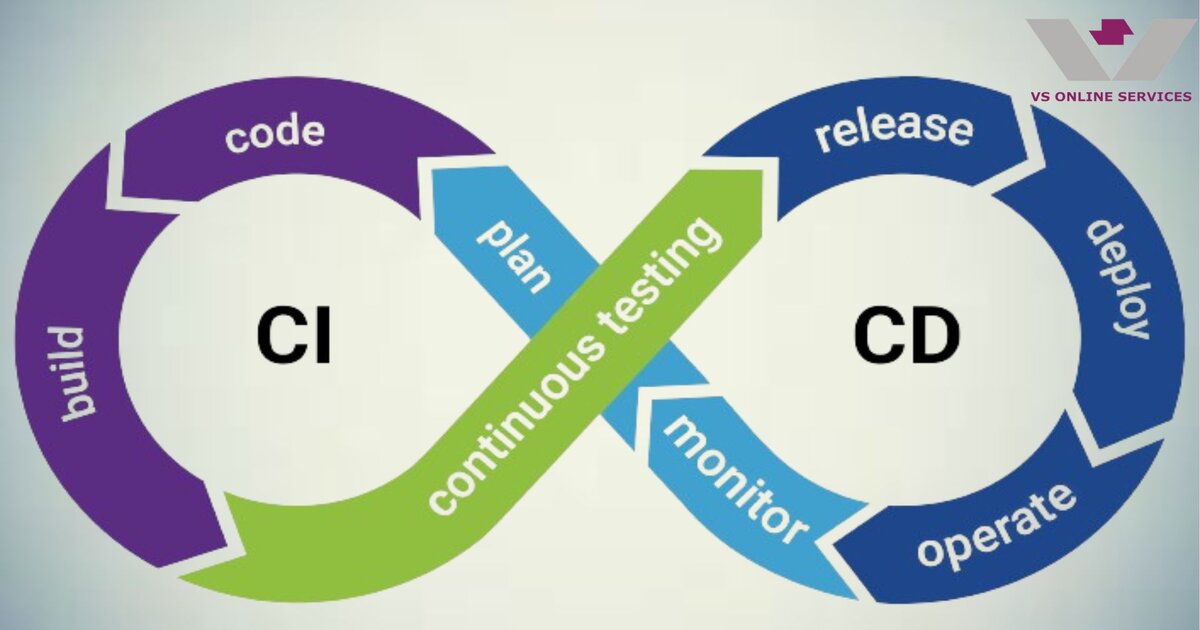22nd May 2024
Demystifying Cloud-Based Application Development: A Comprehensive Guide

Cloud computing is a model for delivering on-demand access to computing resources over the internet, eliminating the need for you to manage physical servers and software. It's like renting computing power instead of buying it outright.
Cloud-based application development involves creating and running software applications on cloud platforms. This approach offers several advantages, including low initial capital investment for setting up data centres, the ability to share data across geographically dispersed locations, scalability, and easy access from anywhere.
One of the primary benefits of cloud-based application development is the ability to access a shared pool of configurable computing resources, such as servers, storage, and networking. This enables faster innovation and the creation of new services at a lower overall cost.
Choosing the Right Architecture for Cloud-Based Application Development
Cloud-based application development can adopt various software architectures, such as microservices, monolith, SOA, functions, and more. Each architecture offers distinct features for building scalable applications that are easier to maintain and enhance over time.
When choosing an architecture for a cloud application development strategy, organizations should consider several factors:
- Scalability: The architecture should be able to handle responsiveness, load, and data storage requirements.
- Future-proofing: It should enable the addition of new capabilities without significant changes to the architecture.
- Modularity: The ability to add or change features without affecting other components is crucial.
- Simplicity: Coding and deployment should be straightforward.
- Flexibility: The architecture should accommodate changes in business requirements.
- Performance and Security: It should meet performance and security standards.
Microservices Architecture
The microservices architecture is a contemporary method for developing distributed cloud-based applications. It allows developers to create applications as a collection of independently deployable microservices. Each microservice is small, highly scalable, and focused on a specific business function. This architecture is more resilient to failure compared to traditional monolithic architectures.
Monolithic Architecture
In contrast, the monolithic application architecture is the conventional approach to building cloud-based applications. It deploys all components of the application as a single unit, resulting in large and complex code bases that are challenging to maintain and enhance. Scaling monolithic architectures can also be difficult, as identifying and resolving performance issues in one part of the application can be challenging.
Functions and Lambda Architecture
Many cloud-based applications utilize a function or lambda architecture, where the application is composed of lightweight, serverless compute containers functions. These functions require less maintenance compared to traditional web or mobile applications.
Service-Oriented Architecture (SOA)
Service-oriented architecture (SOA) is another approach for developing cloud-based applications. In this architecture, each component is a service that can be accessed remotely. These services are loosely coupled and communicate over the network. Modern architectures like microservices often build on top of the principles of service-oriented architecture.
Cloud Application Development vs. Traditional Application Development
The primary distinction between traditional and cloud application development lies in the access to resources and services. Cloud-based applications are designed to leverage the features and benefits offered by cloud platforms, impacting their architecture and design.
In traditional application development, companies are responsible for purchasing and managing their servers, regardless of the application's scale. On the other hand, cloud-based applications eliminate the need for upfront server costs.
Furthermore, migrating an application to the cloud eliminates the need for server management concerns, such as acquiring new servers as current ones reach capacity or provisioning additional servers for application growth.
Serverless Computing
Serverless computing frees developers from infrastructure concerns, allowing them to focus solely on writing code. Cloud providers handle the provisioning and management of servers, containers, and other computing resources, automatically scaling to meet demand without downtime.
This approach can be more cost-effective for deploying business applications as it eliminates the need for idle capacity. Moreover, serverless computing removes the burden of server management from developers.
Cloud Services
Cloud services are well-defined components that can be seamlessly integrated with other cloud services. They provide the essential building blocks for quickly developing enterprise-grade cloud applications and platforms.
When creating cloud-based applications, these services form the foundation for various platforms and solutions. They are designed to expose specific functionalities, such as user management, content management, messaging, notifications, data management, and media services.
Application Gateway
Application gateways serve as a single point of entry for cloud applications. They facilitate load balancing, access management, and security functions such as encryption and authentication.
Load Balancers
Load balancers distribute incoming requests across multiple servers, ensuring efficient resource use and high availability. They also monitor server health and can route traffic around any failures.
Kubernetes
Kubernetes is an open-source platform that automates cloud deployments and manages containerized applications. It packages applications with their dependencies into single units for cloud deployment and offers tools for scaling, load balancing, and auto-repairing issues.
SQL Databases
Managed SQL databases are widely used in cloud services, providing relational database capabilities for storing and retrieving data within cloud applications. They offer automatic upgrades and backup management as key advantages.
NoSQL Databases
Managed NoSQL databases provide flexible storage and high performance, making them suitable for cloud-based application development. They handle large datasets and multi-structured data more efficiently than traditional relational databases.
Big Data
Cloud platforms are equipped to manage large sets of structured and unstructured data that exceed the capacity of a single server or disk. Big Data analytics enable businesses to extract valuable insights by combining diverse data sources and analysing them.
Message Brokers
Messaging services facilitate communication between cloud applications through message exchanges. They are essential for microservices-based architectures to handle application events and perform asynchronous tasks.
Cache Services
Caching is a crucial strategy in cloud-based application development, offering faster access to frequently requested data, such as images, HTML files, style sheets, and scripts. It improves application performance by temporarily storing commonly accessed data in memory.
Storage Services
Storage services provide on-demand access to persistent data, playing a vital role in cloud services by enabling cloud applications to store and retrieve large amounts of data.
Content Delivery Networks (CDN)
Content Delivery Networks (CDNs) consist of geographically distributed servers that cache and deliver content to end-users. CDNs speed up content delivery and reduce latency by routing user requests to the closest edge server.
Analytics Services
Analytics services encompass machine learning, reporting, predictive analysis, and business intelligence capabilities for quickly analysing vast data volumes. They are essential for modern cloud applications that support large user bases in real time.
Machine Learning
Managed machine learning services simplify the deployment of machine learning capabilities in the cloud. They offer scalable and cost-effective solutions for integrating machine learning models into applications.
Business Intelligence (BI)
Business intelligence services help organizations derive valuable insights from their data. Cloud-based application development often includes BI services for data analysis and visualization, aiding in informed decision-making.
Cloud Infrastructure
Cloud infrastructure forms the backbone of modern IT systems, handling the management of physical, virtualized, and containerized computing resources.
Core Components of Cloud Infrastructure
The three primary components of cloud application infrastructure include computing, storage, and network resources. These elements are essential for building and maintaining cloud-based applications.
Types of Cloud Services
Cloud application infrastructure is categorized into three main service models:
- Infrastructure as a Service (IaaS): Provides virtualized computing resources over the internet.
- Platform as a Service (PaaS): Offers a platform allowing customers to develop, run, and manage applications without dealing with the underlying infrastructure.
- Software as a Service (SaaS): Delivers software applications over the internet, on a subscription basis.
Benefits of Cloud-Based Application Development
Cloud-based application development offers businesses the flexibility to innovate without the need for significant upfront investment in IT infrastructure. Companies can leverage cloud resources as needed, paying only for what they use, which allows for scalable and cost-effective software development.
Cloud Application Development Trends
Cloud application development technology is continually evolving to meet new business needs and use cases. The following trends are currently shaping the landscape of cloud-based application development:
Multi-Cloud Strategy
Many organizations are adopting a multi-cloud approach, utilizing multiple cloud providers to achieve greater flexibility, scalability, and cost-effectiveness. This allows developers to leverage the best features of various cloud platforms for their applications.
Serverless Computing
Serverless computing is becoming a popular method for building scalable applications that are highly responsive and easier to maintain. In this approach, the cloud provider handles the server management, allowing developers to focus solely on writing code.
Microservices Architecture
The microservices architecture is a modern method for developing cloud-based applications that can easily scale and adapt to changing business requirements. Each microservice is an independent, deployable unit that performs a specific business function, enhancing the overall resilience and flexibility of the application.
Machine Learning Integration
Machine learning is increasingly being integrated into cloud applications, utilizing algorithms to analyze large datasets. This technology enables more intelligent applications that can learn and improve over time.
Cloud-Native Application Development
Cloud-native applications are designed from the ground up to be scalable, distributed, and loosely coupled. These applications take full advantage of public cloud computing technologies such as containers, microservices, and serverless computing, allowing for greater efficiency and agility in development and deployment.
Cloud Platforms
Cloud platforms serve as the digital backbone for cloud applications, offering businesses a cost-effective means to access computing resources without substantial investments in physical infrastructure. Major cloud infrastructure providers include:
Google Cloud Platform
Google Cloud Platform (GCP) offers a range of hosted services for building, testing, and maintaining applications, as well as managing data. It provides competitive pricing on cloud storage, robust networking options, and various other services.
Microsoft Azure
Microsoft Azure is a comprehensive cloud platform for developing web applications, testing mobile code, hosting websites, and more. It supports a wide array of development and deployment scenarios.
IBM Bluemix
IBM Bluemix is a public cloud platform providing access to a variety of hosted services, including applications, analytics, infrastructure, integration, security, and administration. It also features Watson Services for artificial intelligence capabilities.
Amazon Web Services
Amazon Web Services (AWS) is a leading public cloud platform offering compute power, database storage, content delivery, and other functionalities to help businesses scale applications globally.
DigitalOcean
DigitalOcean is a public cloud platform that provides virtual machine infrastructure, allowing users to quickly deploy new cloud servers with custom configurations.
Oracle Cloud
Oracle Cloud is an Infrastructure as a Service (IaaS) offering a full suite of cloud computing services, including bare metal servers, virtual machines, and various other options for businesses.
Benefits of Cloud-Based Application Development
Businesses gain numerous advantages from developing cloud applications, including:
Scalability
Access to on-demand resources enables businesses to quickly scale up or down. For example, during the holiday season, companies can swiftly add more e-commerce servers to handle increased traffic.
Flexibility
Businesses can adjust their infrastructure as needed, preventing resource wastage. For instance, e-commerce companies can use fewer servers during the night shift compared to the day.
Lower Infrastructure Costs
Purchasing compute power in bulk results in significant cost savings compared to traditional IT hardware. Customers only pay for the cloud resources they use, eliminating the need for expensive hardware, software, and other infrastructure components.
Reliability and Availability
A cloud application's infrastructure is supported by a large network of servers, ensuring uninterrupted access even during hardware failures, maintenance, or outages.
Customer Support
Cloud providers like Google Cloud, Microsoft Azure, and Amazon Web Services offer 24/7 customer support to address any issues users may encounter with their cloud platform.
Challenges of Cloud-Based Application Development
Despite the benefits, businesses may face several challenges in cloud app development, including:
Selecting the Right Cloud
Choosing the appropriate cloud platform is a major challenge for businesses. Users need to understand their requirements and identify which cloud platform best meets those needs.
Lack of Control
Since businesses do not own the IT infrastructure or system, they cannot modify the cloud platform without prior consent.
Hiring Cloud Developers
Finding developers skilled in multiple technologies is difficult, and training existing staff on cloud computing principles can be expensive.
Complexity in Development
Developing cloud applications is more complex than traditional applications, requiring knowledge of various underlying technologies, such as databases, security, storage, network management, and load balancing.
Conclusion
Cloud-Based Application Development - Summary
Cloud-based application development is a fast-evolving field that offers numerous advantages over traditional application development. For example, cloud applications are scalable and eliminate the need for server management or upfront costs.
Cloud-based application development provides an innovative approach for organizations to build applications. The trends in this field are constantly evolving, so it is essential to stay updated with the latest technologies and methodologies before starting a new project.
If you're an entrepreneur or business seeking the next big idea in your industry, consider exploring how your company can leverage this technology!




